Book Review - Elizabeth Speller's The Strange Fate of Kitty Easton
 The Strange Fate of Kitty Easton (Laurence Bartram Book 2) by Elizabeth Speller
The Strange Fate of Kitty Easton (Laurence Bartram Book 2) by Elizabeth Speller
Published by: Houghton Mifflin Harcourt
Publication Date: May 1st, 2011
Format: Hardcover, 416 Pages
Rating: ★★★
To Buy
Laurence Bartram has been invited by his friends the Bolithos to come to Easton Deadall. William, despite his injuries from the war, has found a job. He is restoring the cottages in the village as well as creating a monument to the fallen. Easton Deadall lost all their men in the Great War, though the sad tragedy of the town goes back to before the war, when the five year old Kitty Easton was kidnapped out of her bedroom in the manor house and never seen again. While Laurence may question William's idea that a maze is the best tribute to the fallen, he is intrigued by the church he has been asked to look at. The carvings and the hastily tarred floor have secrets. They have pagan accents of green men and labyrinths. Yet inside the house is a world of hurt and pain. Kitty's mother still clings to the belief that her daughter is alive, while the rest of the household cannot move forward while Lydia clings to her dreams. Lydia is a sick woman, often laid up in bed, and the thought of her daughter is all that keeps her alive while it sinks the house into the quagmire of the past.
The arrival of Laurence and the Bolithos, as well as the return of the youngest Easton, Patrick, brings some much needed life and change to the house. Yet it also stirs up the past. When an excursion to London and the great 1924 British Empire Exhibition leads to the disappearance of the household's young maid, Maggie, the disappearance of Kitty, all those years ago, is brought even more into everyone's mind. The discovery of a dead female at Easton Deadall and a hidden chamber beneath the church lead to more questions and perhaps the possibility of finding out what happened to Kitty all those years ago.
I always find it interesting that my expectations versus the reality of a book can vary so much. I was not prepared to adore the first book in this series, The Return of Captain John Emmett, viewing it more as the book I had to read to be able to get to The Strange Fate of Kitty Easton, which I assumed would be my dream book. I mean a country house in Wiltshire, land of chalk and Terry Pratchett (yes, that's how I refer to it in my head), a mysterious disappearance years earlier, and mazes! I mean, that maze is what was really selling it for me, seeing as I have more then a little obsession with mazes and have built more then my fair share in cardboard, paper, and metal over the years. So yes, you might say me and mazes, and labyrinths in particular, are buddies. But when it came to the book, I just felt it didn't live up to the promise of the first book. Maybe it was my expectations, but while I enjoyed this book, it lacked the spark and originality of The Return of Captain John Emmett. It was less unique and more a mish mash of other things. The Strange Fate of Kitty Easton was a bit of the Lindbergh kidnapping, deformities included, very much a strong helping of the Inspector Lynley episode "Limbo," and then to top it of, quite a bit of Gosford Park, at least with Digby and his darkness that mirrors Michael Gambon to an extent.
Now lets get to specifics. One aspect of the book that really annoyed me was the layout of the manor house, Easton Deadall. Now, I don't know if Speller intended the layout of the house to be a bit confusing to mirror the history of the house and its connection with mazes, the name itself perhaps a bastardization of Daedalus, but it just really got under my skin. I don't really get the layout at all. Were the gardens, terraces, maze, pond, basically all in front of the house? Because that doesn't really fit with, well, any kind of English architectural style. Usually they were behind the house with terraces, gardens, then tamed wilderness, to indicate mans taming of nature in successive steps from the full control of the house environs to the return to nature the further away you got. And William Bolitho, being an architect, would have commented on this rather strange set up in my mind. I need a place that I can get my mind around, a place of respite in the land red herrings and mysterious machinations, and the competing architectural styles combined with what Laurence saw out of certain windows drove me a little round the bend. His view from his room seemed to randomly change. Also, don't get me started on that oppressive maze. I like a maze, more then the next, but the setting was too confusing, labyrinthine and oppressive and instead of adding to the feel of the book, it just set me against it.
Yet, the manor house and all it's issues was nothing to what I found as the main flaw in this book. The Strange Fate of Kitty Easton is seedy and debauched. I couldn't get around this fact. While you might take the view that exposing the aristocracy and their flaws would be historically accurate and liberating to an extent, there's handling it with kid gloves and making it fascinating, a la Gosford Park where we absorb the horrors without them being explicit, and then there's exposing us to this world and going into vibrant detail about beatings and sexually transmitted diseases, pederasts and whore houses. No thank you! This also feeds into my issue of character development. Speller is a master of unique and individualized characters, but here, in the suffocating world of Easton Deadall, they are so beaten down and depressive, that I wanted to run there and give them all happy pills. Where was Laurence's wise cracking friend Charles when he was desperately needed? Speaking of favorite characters from the previous volume... one of the characters does something that I will not forgive Speller for writing. Is it realistic, yes. But you know what, in this horrid little bleak world she has created, I needed something good, someone good to hang onto. To take that away from me... that was the last straw. The Strange Fate of Kitty Easton may have kept me absorbed, but it did not keep me happy, which is what a great book should do.

























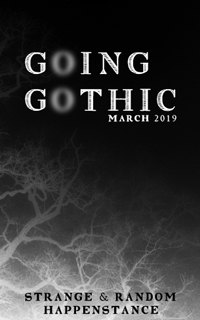
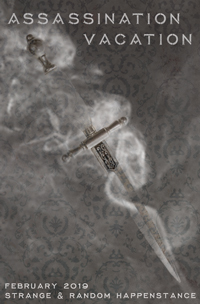
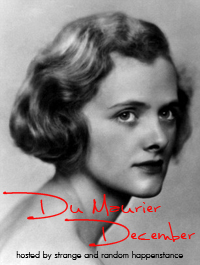
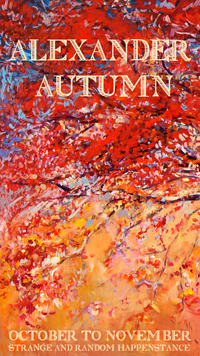





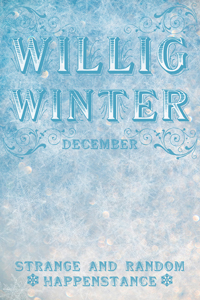

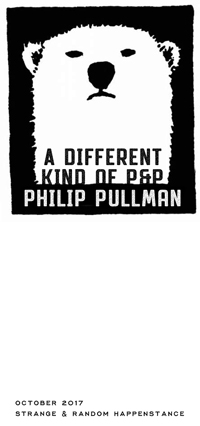



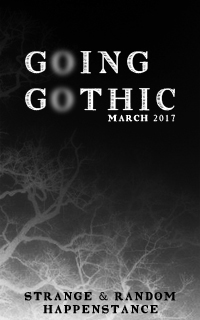

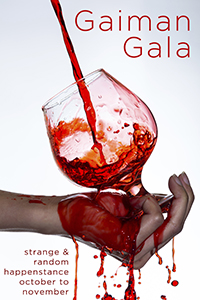
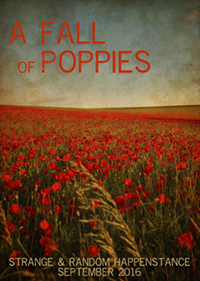



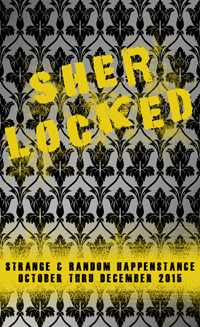


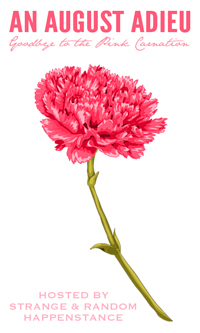

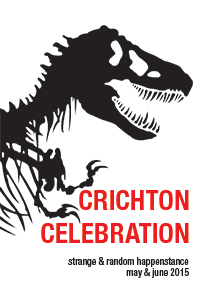


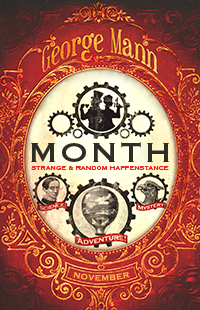






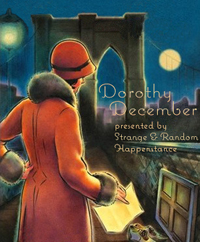























Post a Comment